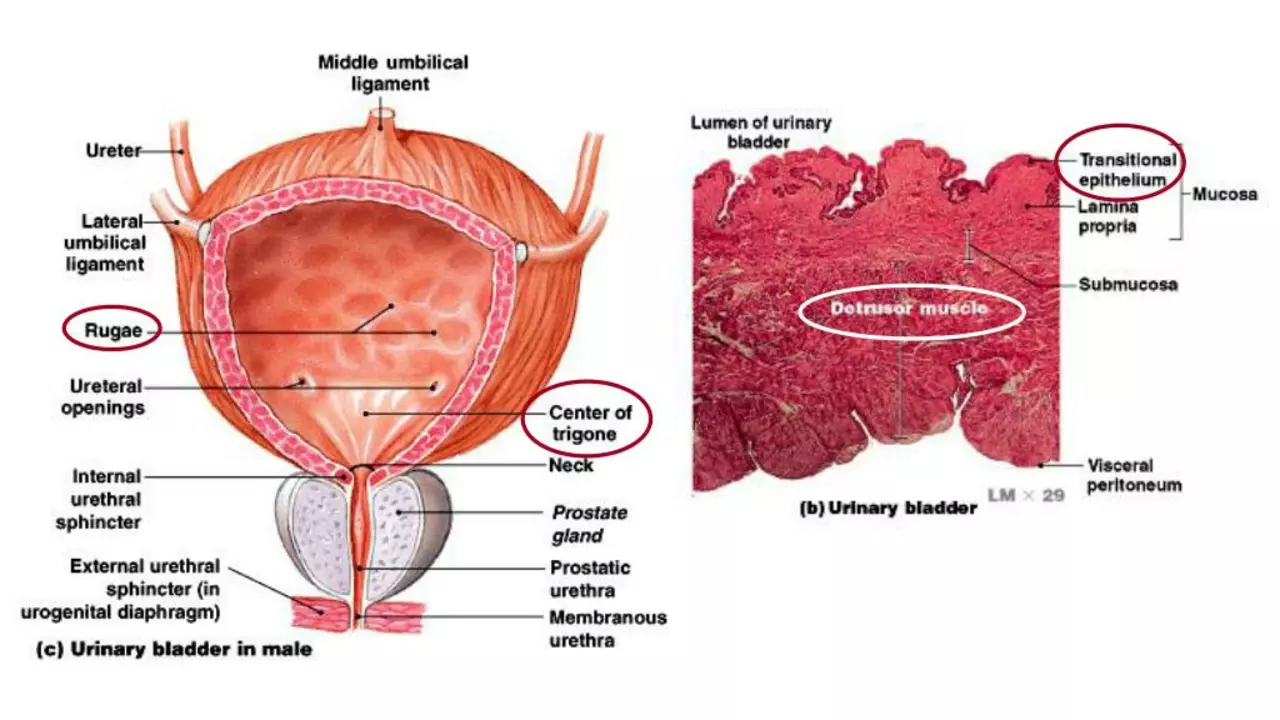Bladder Incontinence: Clear, Practical Help You Can Use
Bladder incontinence means you leak urine when you don’t want to. It’s common and often treatable. You don’t have to accept it as normal. Below you’ll find clear causes, simple things to try right away, and when to get medical help.
What causes bladder incontinence?
There are a few main types: stress incontinence (leak with coughing, lifting, or exercise), urge incontinence (sudden need to go and not making it), overflow incontinence (bladder doesn’t empty well), and functional incontinence (mobility or thinking issues get in the way). Causes include weak pelvic muscles, nerve damage (from diabetes or surgery), urinary tract infections, enlarged prostate in men, certain medicines, and lifestyle factors like being overweight or drinking lots of caffeine or alcohol.
Practical steps you can try today
Start with simple habits. Cut back on caffeine and alcohol—both irritate the bladder. Spread fluids across the day instead of drinking a lot at once. Keep a bathroom schedule: try going every 2–3 hours, then slowly stretch the time by 10–15 minutes to train your bladder.
Do pelvic floor (Kegel) exercises. Sit or lie down, tighten the muscles you’d use to stop urine, hold 5 seconds, then relax 5 seconds. Aim for 10 reps, three times a day. If you’re unsure you’re doing them right, a pelvic floor physiotherapist can help you find the right muscles and progress safely.
Lose a little weight if you need to—losing 5–10% of body weight often reduces leaks. Quit smoking if you can; coughing makes stress leaks worse. Wear absorbent pads or underwear designed for incontinence so you feel confident while you work on treatment.
If you have urge incontinence, ask your doctor about medications. Anticholinergic drugs (like oxybutynin) and beta-3 agonists (like mirabegron) reduce urgency for many people, but all meds have side effects, so check interactions and risks first. For overflow incontinence, treatments target the cause—catheter help, meds, or surgery may be needed.
Behavioral help works well: timed voiding, pelvic rehab, and bladder training often beat pills alone. For persistent problems, procedures like mid-urethral slings (for stress leaks) or Botox injections into the bladder (for overactive bladder) are options. Discuss risks and recovery with your clinician.
See a doctor now if you suddenly can’t hold urine, have blood or pain when peeing, fever, or trouble passing any urine. Also get help if leaks are ruining your sleep, work, or relationships—this is fixable for many people.
Bladder incontinence isn’t something you just live with. Try the simple steps above, talk openly with your clinician, and explore therapy, medicines, or devices as needed. Small changes often make a big difference.
- Colin Hurd
- Jul, 16 2023
- 6 Comments
The role of diet and hydration in managing bladder and urinary incontinence symptoms
Managing bladder and urinary incontinence symptoms can be significantly influenced by our diet and hydration levels. Certain foods and drinks such as caffeine, alcohol, and spicy foods can irritate the bladder and exacerbate incontinence. On the other hand, maintaining proper hydration is crucial as dehydration can lead to constipation, which can worsen incontinence symptoms. It's important to drink enough water and eat a balanced diet rich in fiber to support healthy bladder function. So, our daily eating and drinking habits can play a vital role in managing these symptoms.

